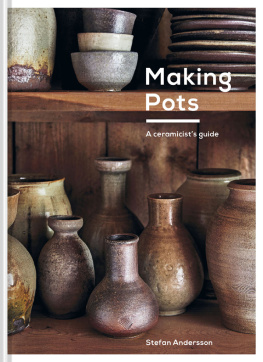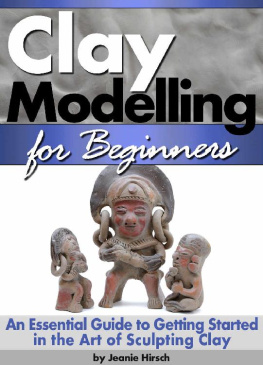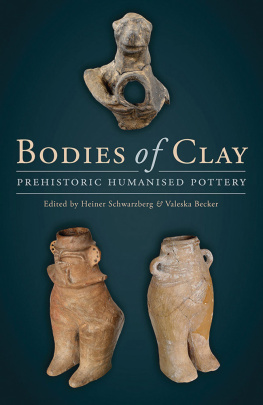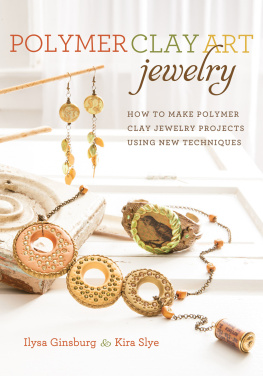
GLOBAL
CLAY

GLOBAL
THEMES IN WORLD CERAMIC TRADITIONS
CLAY
JOHN A. BURRISON
INDIANA UNIVERSITY PRESS
This book is a publication of
Indiana University Press
Office of Scholarly Publishing
Herman B Wells Library 350
1320 East 10th Street
Bloomington, Indiana 47405 USA
iupress.indiana.edu
2017 by John A. Burrison
All rights reserved
No part of this book may be reproduced or utilized in any form or by any means, electronic or mechanical, including photocopying and recording, or by any information storage and retrieval system, without permission in writing from the publisher. The Association of American University Presses Resolution on Permissions constitutes the only exception to this prohibition.
This book is printed on acid-free paper.
Manufactured in China
Cataloging information is available from the Library of Congress.
ISBN 978-0-253-03188-4 (cloth)
ISBN 978-0-253-03189-1 (ebook)
1 2 3 4 522 21 20 19 18 17
Back jacket photos, top row from left to right:
Blue-glazed faience hippopotamus figure from the tomb of steward Senbi II at Meir, Upper Egypt, ca. 1900 BCE. Collection of the Metropolitan Museum of Art, New York, www.metmuseum.org.
Soft-paste porcelain pilgrim flask, Medici Porcelain Factory, Florence, Tuscany, Italy, 15751587. Collection of J. Paul Getty Museum, Los Angeles, California, www.getty.edu.
Faience plate in the Ottoman style of Iznik, Turkey, by Joseph-Thodore Deck, Paris, France, ca. 1870. Collection of the Metropolitan Museum of Art, New York, www.metmuseum.org.
Bottom row from left to right:
Terracotta pair thought to be Greek fertility goddesses Demeter and her daughter Persephone, Myrina, Asia Minor, ca. 100 BCE. Collection of British Museum. London, www.britishmuseum.org. Photograph: Marie-Lan Nguyen, CC BY 2.5, via Wikimedia Commons.
Five-claw dragon chasing flaming pearl (now broken), glazed tiles on Nine Dragon screen wall facing Gate of Imperial Supremacy, Forbidden City, Beijing, China, erected in the early 1770s during reign of the Qianlong Emperor. Photograph: Richard Fisher, CC BY 2.0, via Wikimedia Commons.
Porcelain rabbit okimono, Mikawachi, Hirado, Nagasaki Prefecture, Japan, 2nd half of 19th century. Collection of Los Angeles County Museum of Art, www.lacma.org.
Front jacket flap photo:
Fritware plate, Iznik, Turkey, 15351545. Collection of Muse du Louvre, Paris, France. Photograph: Sailko, CC BY 3.0, Wikimedia Commons.
To the memory of Samuel P. Bayard and MacEdward Leach, my mentors, who introduced me to academic folklore study and gave me an international perspective on the subject.
CONTENTS
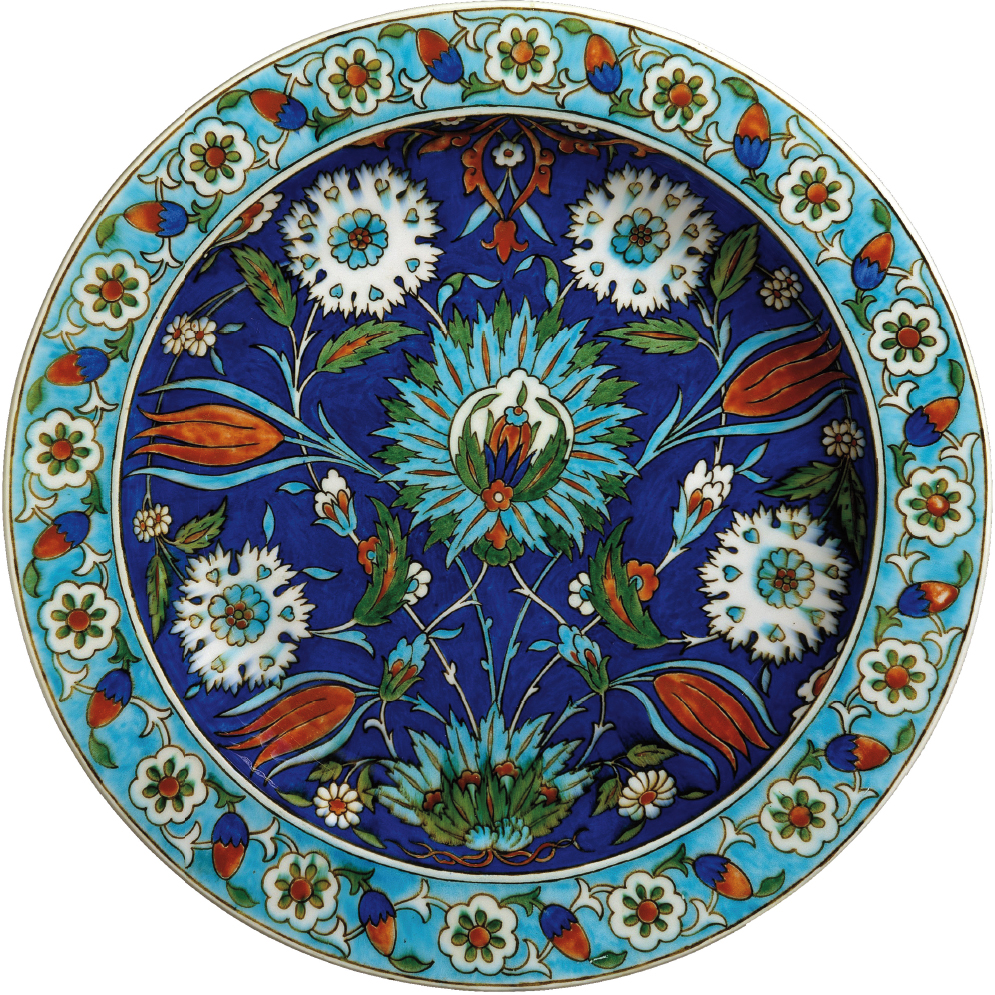
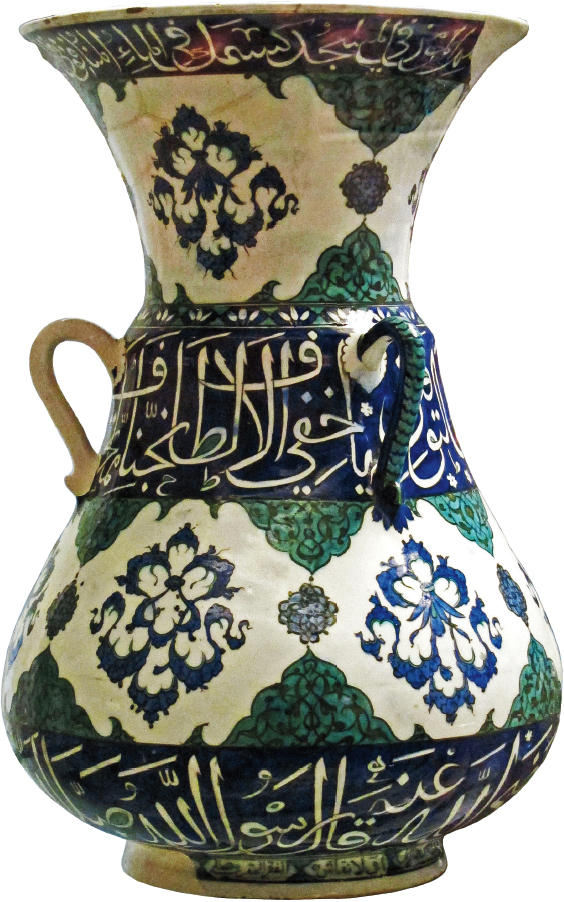
ACKNOWLEDGMENTS
T HIS BOOK WOULD NOT HAVE BEEN POSSIBLE WITHOUT THE GENEROSITY of institutions and individuals making their images available for use as illustrations here. I gratefully acknowledge and thank the following:
Museums
The Metropolitan Museum of Art, New York; the Los Angeles County Museum of Art (via Wikimedia Commons); the Walters Art Museum, Baltimore (via Wikimedia Commons); York Art Gallery, York, England (via Wikimedia Commons); Rijksmuseum, Amsterdam; the J. Paul Getty Museum, Los Angeles; the Jewish Museum, New York City; the Victoria and Albert Museum, London; the David Collection, Copenhagen; Museum Boijmans Van Beuningen, Rotterdam; The Potteries Museum and Art Gallery, Stoke-on-Trent; UBC Museum of Anthropology, Vancouver; Michael C. Carlos Museum, Emory University, Atlanta; Winterthur Museum, Winterthur, Delaware; Freer Gallery of Art, Washington, DC; the Museum of Early Southern Decorative Arts/Old Salem Museums and Gardens, Winston-Salem, North Carolina; McKissick Museum, University of South Carolina, Columbia; and the Birmingham Museum of Art, Birmingham, Alabama. The first seven of these museums now make high-resolution images from their collections available gratis as participation in OASC (Open Access for Scholarly Content), Creative Commons, and the like, while the Victoria and Albert Museum permits free use of its images for academic publications; the others kindly granted permissions and supplied images at my request.
Other Institutions
Wikimedia Commons (a tremendously useful online visual database affiliated with Wikipedia); Flickr.com (for Creative Commons images); the Chipstone Foundation, Milwaukee; the Center for Southwest Research, University Libraries, University of New Mexico, Albuquerque; and Wellcome Trust, London (via Wikimedia Commons).
Dealers
Andrea Fisher Fine Pottery; Jeremy Wooten, Wooten & Wooten; Rock Island Auction Company; Maurice Sauvin, Sauvin European Folk Arts; Allan Katz Americana; Brandt Zipp, Crocker Farm Auction; and Skinner, Inc.
Individual Photographers/Owners of Photographs
Giovanni Andreani, Robert Bgoun, Dennis Darling, Jillian DiMedio, Catherine S. Elliott, Wallace F. de Faria, Karen Green, Janet Koplos, Jenny Lewis, Noela Mills, Nick Pangere, Vijaya Perumalla, Julie Rana, Carolyn Robinson, Phil Rogers, Pan Shan, Tony and Marie Shank, J. Garrison and Diana Stradling, and Erik Wada.

Nothing pleases me more than to acknowledge the support and camaraderie of fellow researchers over the years, some of whom are no longer with us. Among these are scholar-potters and museum curators and directors. In Europe: Peter Brears, John Hudson, Richard Coleman-Smith, Julia Poole, Rosemary Weinstein, and Arnold Mountford (England); Megan McManus (Northern Ireland); Clodagh Doyle (Republic of Ireland); Graeme Cruickshank, John Laurenson, and Christine Rew (Scotland); J. Geraint Jenkins and James Bentley (Wales); Marcel Poulet and Jean Cuisenier (France); Harald Rosmanitz and Walter Manns (Germany); and Paul Petrescu and Magdalena Andreescu (Romania). In the United States: Georgeanna Greer, Linda Carnes-McNaughton, Charles G. (Terry) Zug III, Joey Brackner, Henry Glassie, Ralph Rinzler, Cinda Baldwin, Jill Beute Koverman, Susan Myers, Laura Addison, Gary and Diana Stradling, Karen Duffey, Chris Brooks, Samuel D. Smith, Robert Hunter, Suzanne Findlen Hood, Carl Steen, Nancy Sweezy, Mark Hewitt, Stephen Ferrell, Johanna Brown, Gail Andrews, Jane Przybysz, Philip Wingard, and Carole Wahler.
I also owe a debt of thanks to Georgia State University colleagues Randy Malamud, Alex Fedorov, Baotong Gu, Reiner Smolinski, and Malinda Snow of the Department of English for various kinds of help; and to Carol Winkler, then Associate Dean for the Humanities in the College of Arts and Sciences, for granting me released time to work on this project.
Finally, I wish to express my appreciation to the director of Indiana University Press, Gary Dunham, for his support of this project, to my designer, Jennifer Witzke, and to my editor, Janice Frisch, and her assistant, Kate Schramm, both Ph.D. graduates of Indiana Universitys Department of Folklore and Ethnomusicology, for their diligence and patience in working with this author who still has one foot planted in the mid-twentieth century.
Next page

